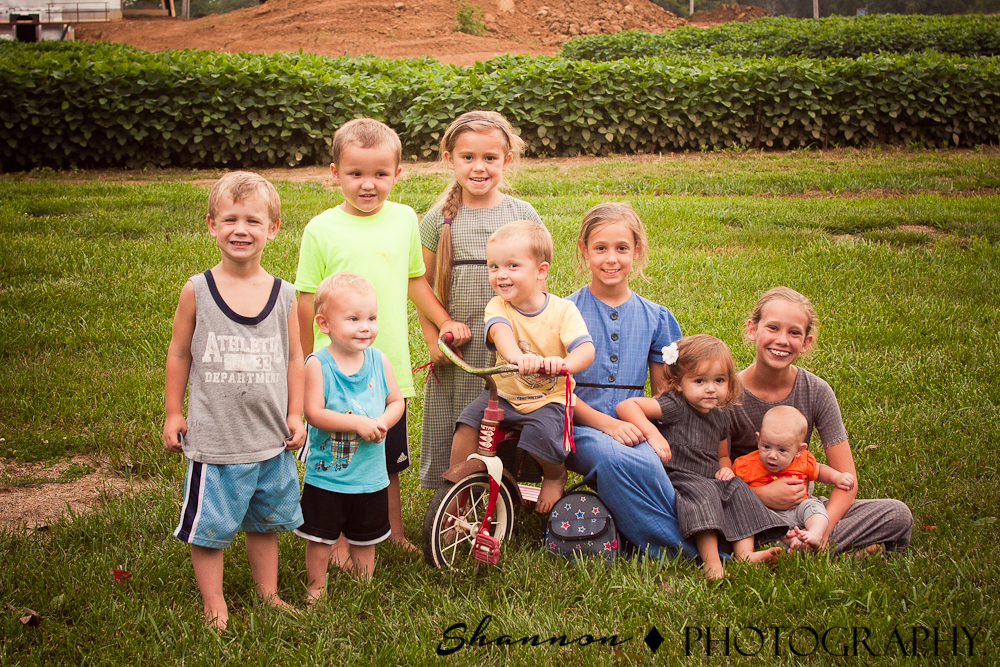The Ties That Bind: Understanding Your Cousin’s Baby’s Relation to You
The arrival of a new baby is a joyous occasion. If your cousin has recently welcomed a child, you might be wondering about your familial relationship to the little one. This article explores the technical term for your cousin’s baby and the various ways this relationship can be perceived.
Navigating the Family Tree: Generational Placement
Technically, your cousin’s baby is your first cousin once removed. This terminology follows a logical pattern within a family tree. Since you and your cousin share a grandparent, the baby is one generation removed from you.
Here’s a breakdown of the terms:
- Cousin: The child of your aunt or uncle.
- First Cousin: A cousin who shares a grandparent with you.
- Once Removed: This indicates a difference in generations. In this case, you and the baby are one generation apart.
Beyond the Label: The Spectrum of Family
The technical term “first cousin once removed” signifies your blood relation to the baby. However, family extends beyond just biological ties. Here are some ways to view this relationship:
- Close in Age: If you and your cousin are close in age, the baby might feel more like a niece or nephew to you, fostering a close, playful bond.
- Distant Relative: Depending on the age difference and overall family dynamics, you might view the baby as a more distant relative, with interactions happening during family gatherings or special occasions.
- Building a Bond: Regardless of the generational term, you have the opportunity to build a loving and supportive relationship with your cousin’s child.
A Look Across Cultures: Embracing Family Diversity
Family structures and relationships vary across cultures. Here are some perspectives:
- Collectivistic Cultures: In cultures that emphasize collectivism, the baby might be seen as a grandchild to all your parents’ generation, fostering a strong sense of community and shared responsibility.
- Individualistic Cultures: In cultures that prioritize individual families, the technical term “first cousin once removed” might hold more weight, with interactions varying based on family dynamics.
- Globally Connected World: In today’s interconnected world, families are spread across distances. Building a bond with your cousin’s child can be fostered through virtual interactions and visits when possible.
FAQ
- What if I have multiple cousins? How does that affect the relationship? The term “first cousin once removed” applies to each child of your cousin, regardless of how many children they have.
- Is there a specific way I should address my cousin’s child? This can depend on family traditions and personal preference. Some options include using the baby’s name, “cousin [baby’s name],” or a nickname if everyone feels comfortable.
- What are some ways I can bond with my cousin’s child? There are many ways to connect, regardless of age difference. Offer to help with childcare, play age-appropriate games, read stories, or simply spend quality time together.
- What if I don’t live near my cousin’s family? Technology can bridge the gap. Schedule video calls, send handwritten letters or cards, or share photos to stay connected.
- Is it important to have a close relationship with my cousin’s child? The closeness of the relationship depends on individual preferences and family dynamics. However, building a bond can be a rewarding experience for both of you.
The Gift of Family: Nurturing Connections
Whether you view your cousin’s baby as a first cousin once removed, a niece or nephew figure, or simply as family, embrace the opportunity to connect and nurture this new relationship. A little effort can blossom into a lifelong bond, enriching your life and the life of the precious little one.
What to Consider When Building a Relationship with Your Cousin’s Child
Building a bond with your cousin’s child can be a fulfilling experience. Here are some factors to consider:
- Age Difference: Adapt your interactions based on the child’s age. Play games with younger children, read stories, or offer to help with homework as they get older.
- Shared Interests: Explore if you share any hobbies or interests that can be activities you do together. This could be anything from baking to playing sports, depending on the age and interests of the child.
- Family Traditions: Consider incorporating the child into existing family traditions or creating new ones together. This can foster a sense of belonging and strengthen family ties.
- Respectful Interactions: Treat the child with respect, listen to their ideas, and acknowledge their feelings. Building a positive and supportive relationship is key.
- Communication with Parents: Maintain open communication with your cousin about their expectations and preferences regarding your involvement with the child.
Making the Most of Milestones
Celebrating milestones can be a way to connect with your cousin’s child:
- Birthdays: Send a thoughtful birthday card or gift to show you’re thinking of them.
- Holidays: Include them in family holiday celebrations or traditions.
- Special Achievements: Acknowledge and celebrate the child’s achievements, big or small, to show your support and encouragement.
Gifts that Create Memories
Gifts can be a way to show you care, but experiences can create lasting memories. Consider offering to take the child to a museum, the zoo, or another age-appropriate outing.
The Journey of Kinship: A Lifelong Bond
The relationship between you and your cousin’s child will evolve over time. The efforts you put in now can cultivate a lifelong bond of kinship, filled with shared memories and mutual support.
Final Thoughts
While “first cousin once removed” describes the technical blood relation, the true essence of this connection lies in the bond you build. Embrace the opportunity to connect with your cousin’s child, and watch as this relationship blossoms and enriches your lives in unique and meaningful ways.






More Stories
Is there a lifetime limit on epidural steroid injection?
What is Section 20 of the Motor Accident Insurance Act (Queensland)?
Where to Watch USMNT vs Jamaica National Football Team